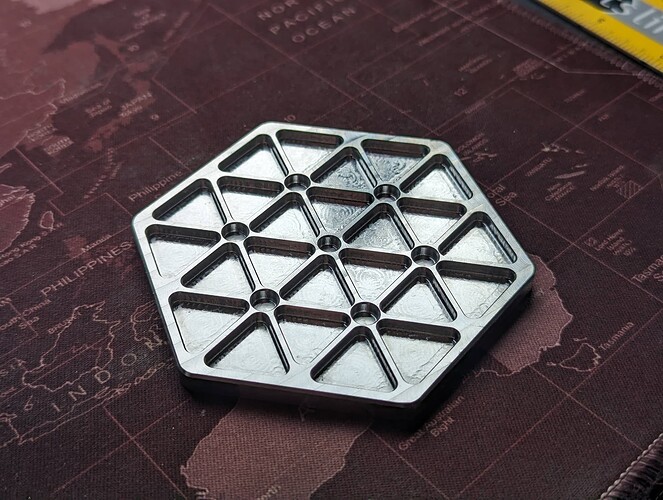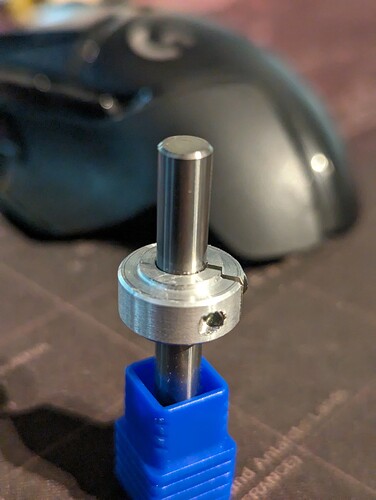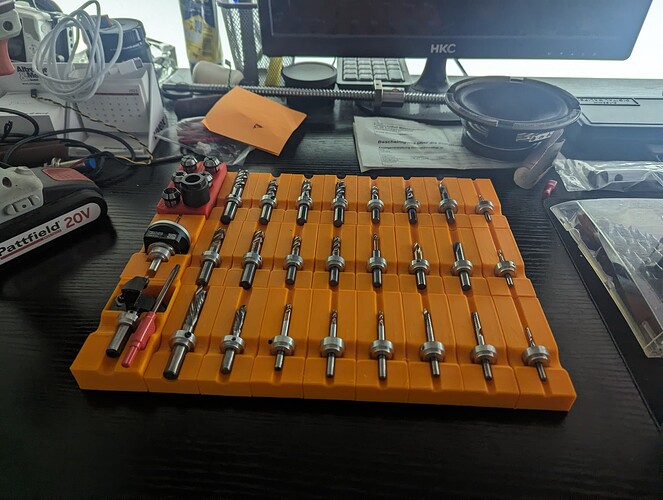So, my idea i as follows, i have a probe that can do XYZ, and some tools. i know how long the probe is and i can measure all my tools and add the offsets of every tool based on the length of the probe.
i added bellow a pdf file so you can take a look at all my tools i have, and how i do the math. but is it very simple,
i know my probe is 54.05mm long this is my tool number 1, now if in my project i have to use tool number 10 the length of the probe minus the length of tool number 10 give me an offset of 12.35mm , for now i do this manually where i send the machine to XYZ zero with no tool, the add minus 12.35mm and rezero the Z. but if i need to change the tool to let’s say tool number 4 what i need to do is remove tool number 10, send the machine to XYZ Zero apply tool number 10 plus 12.35mm and then apply tool number 4 minus 25.05mm and rezero Z again
it would be very helpful if someone could just code a script where the tool offset just changes based on the selected tool. i know it’s not hard, but i can’t code, so if someone has the knowledge and what’s to try …
how do i know this works very well? well i just made something using this , see image bellow
i know it’s a bit of a mess on how i numbered the tools, but it’s how it is in fusion, i will change that so each tool has a unique number
Tools Offset Table - Tabellenblatt1.pdf (55.7 KB)


